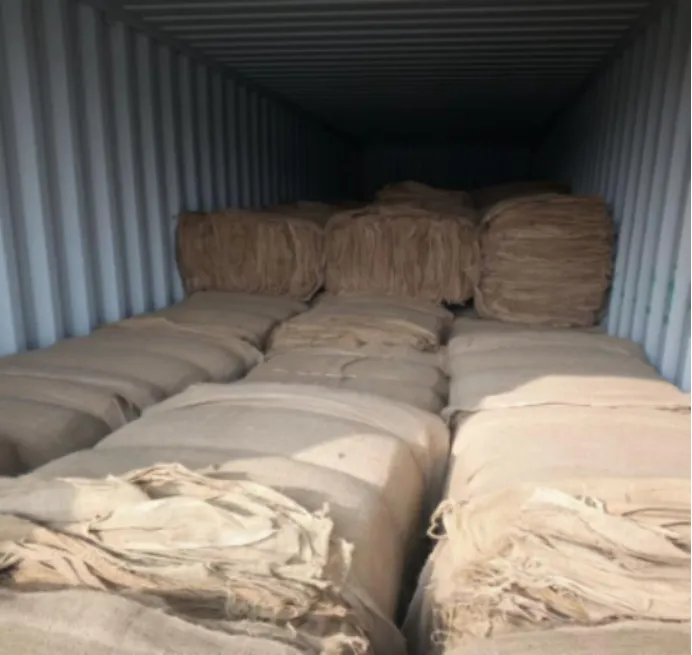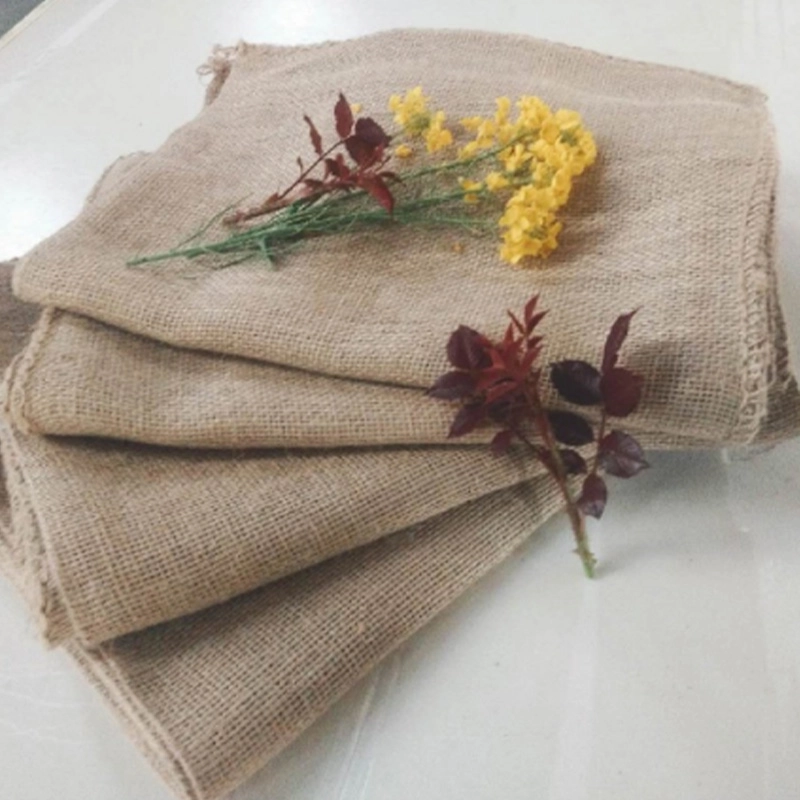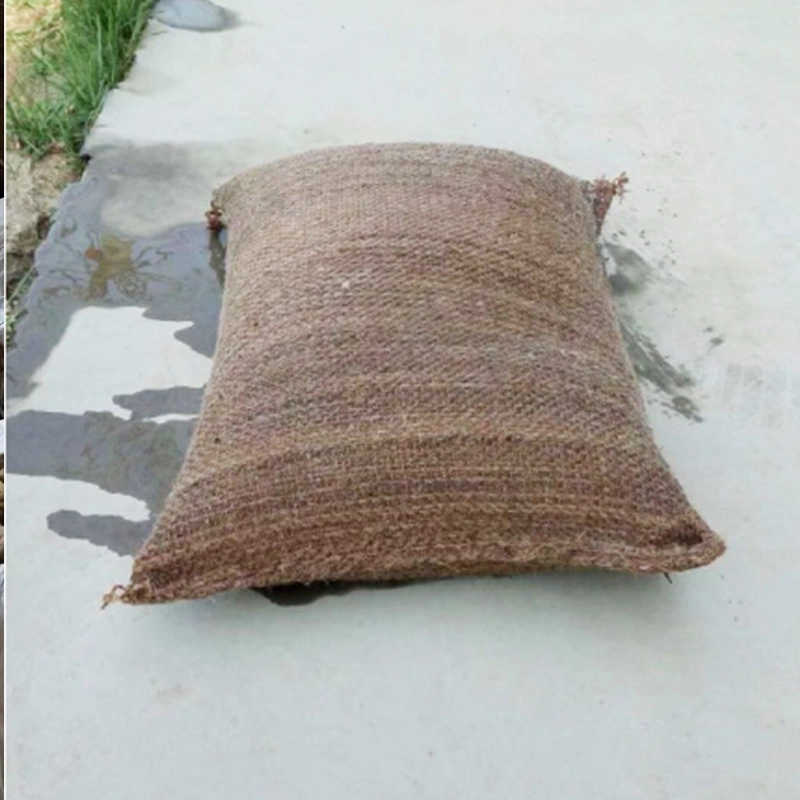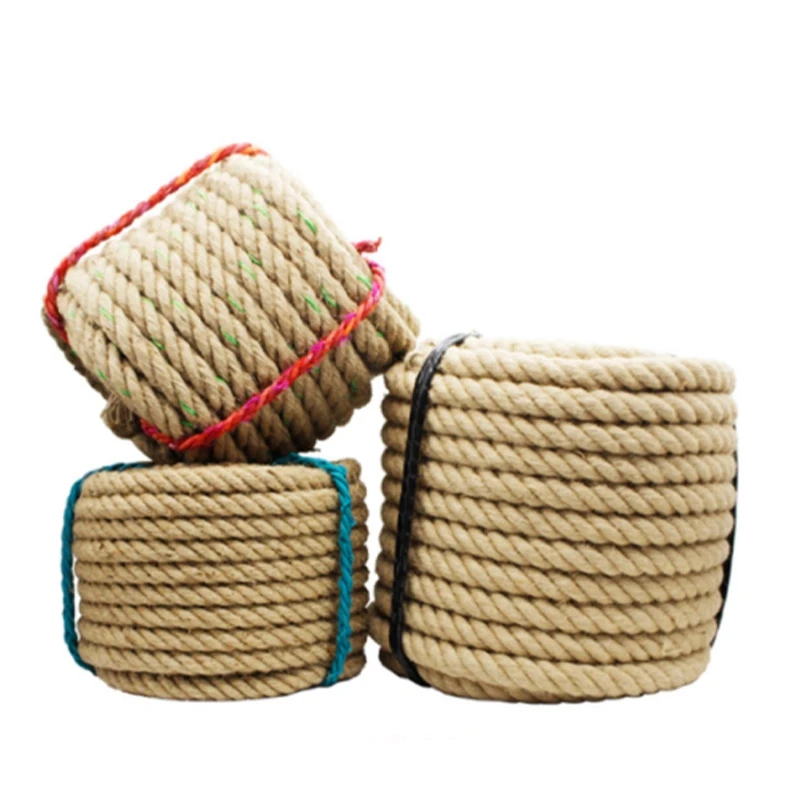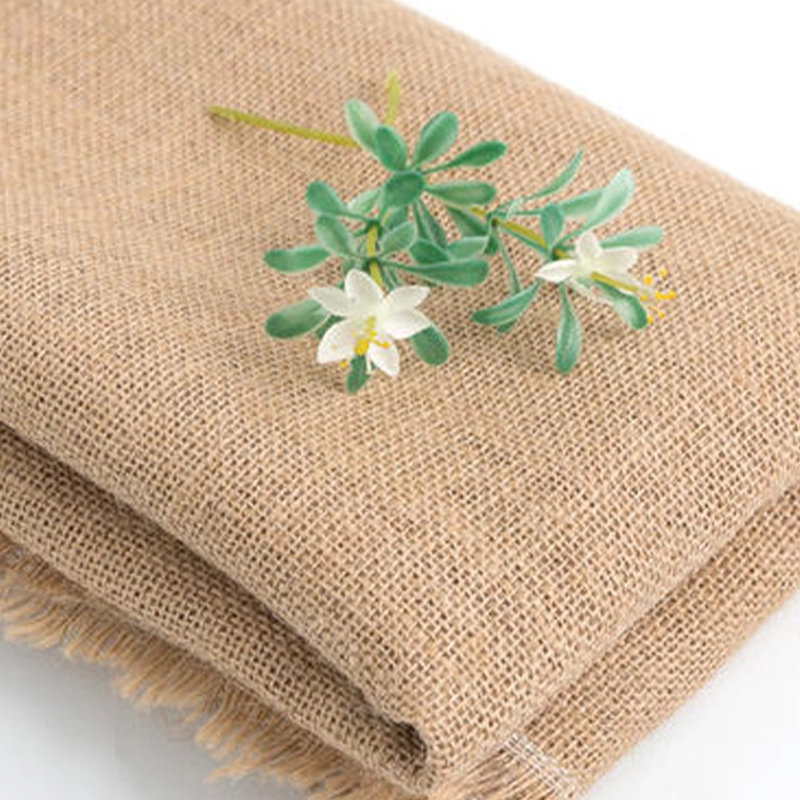Jute jẹ okun adayeba ti a mọ si okun goolu. O jẹ ọkan ninu awọn ti o kere julọ ati ti o lagbara julọ ti gbogbo awọn okun adayeba ti a kà si bi okun ti ojo iwaju. Jute jẹ keji nikan si owu ni iṣelọpọ awọn okun asọ ni agbaye. Okun jute ni a tun mọ ni Pat, kosta, Nalita, Bimli tabi Mesta (kenaf).
Jute is not only a major textile fibre but also a raw material for non traditional and value added non-textile products. Jute is used extensively in the manufacture of different types of traditional packaging fabrics, manufacturing Hessian, saking, carpet backing, mats, bags, tarpaulins, ropes and twines. Recently jute fibers are used in a wide range of diversified products: decorative fabrics, chic-saris, salwar kamizes, soft luggage's, footwear, greeting cards, molded door panels and other innumerable useful consumer products. Supported by several technological developments today jute can be used to replace expensive fibers and scare forest materials.
Jute sacks/burlap bag/gunny bag
Kini Jute?
Awọn baagi ṣiṣu ti ṣe ipa pataki ninu idoti ti ayika. Lakoko ti wọn jẹ ti o tọ, wọn kii ṣe biodegradable eyiti o jẹ ki wọn fẹrẹẹ ṣee ṣe lati sọnu lailewu. Àwọn olùṣèwádìí àti àwọn onímọ̀ sáyẹ́ǹsì ti ṣiṣẹ́ kára láti rí àwọn fọ́nrán òpópónà mìíràn tí wọ́n lè fi rọ́pò kì í ṣe ṣiṣu nìkan ṣùgbọ́n àwọn fọ́nrán amúnáwá mìíràn láìsí bíba àyíká jẹ́.
Jute, also known as the “golden fibre’ – is a natural fibre that has provided a reprieve. It’s used to make a variety of items which include sacks, curtains, furniture accessories and rustic looking awọn baagi jute.
The fibre is made from plants with long, soft and shiny fibres spun into strong but coarse threads. This one-of-a-kind fibre which is second to cotton in terms of production provides an alternative to synthetic fibres and materials like plastic.
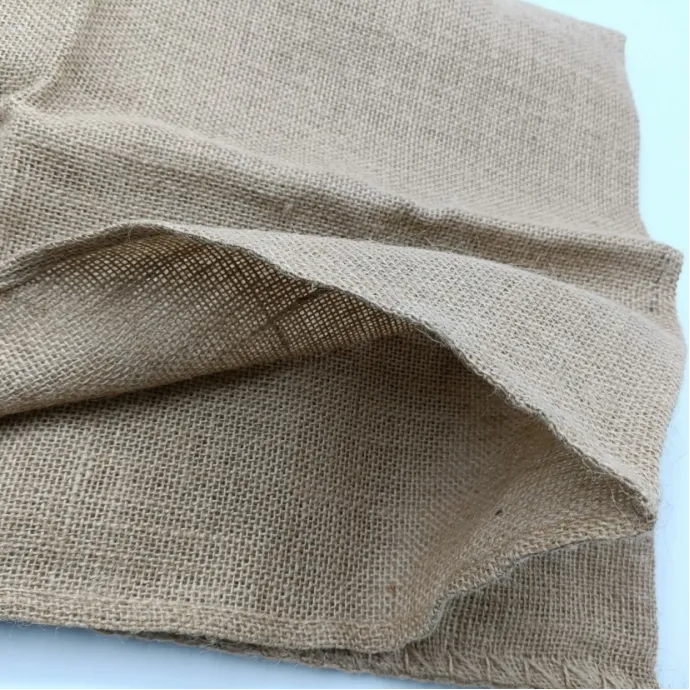
Jute Types
Apo burlap tuntun pẹlu ṣiṣan alawọ kan: 75CM * 110CM iwuwo: to 1000g kọọkan
Apo burlap tuntun pẹlu ṣiṣan alawọ kan: 74CM * 105CM iwuwo: O fẹrẹ to 600g ọkọọkan
Apo burlap tuntun: 74CM * 105CM iwuwo: Isunmọ 850g kọọkan.
Apo burlap tuntun: 60CM * 100CM iwuwo: isunmọ 480g ọkọọkan
New burlap bag (thick burlap bag) : 60CM * 100CM Weight: approximately 600g each
Apo burlap tuntun (iwọn alabọde): 60CM * 90CM iwuwo: to 450g ọkọọkan
New burlap bag (thick burlap bag) : 60CM * 90CM Weight: approximately 580g each
Apo burlap tuntun (iwọn alabọde): 50CM * 74CM iwuwo: Isunmọ 300g ọkọọkan
Apo burlap tuntun (iwọn kekere): 40CM * 60CM iwuwo: to 200g kọọkan
90% new burlap bag (large size) : 74CM * 107CM Weight: approximately 850g each
Large patch burlap bag (large size) : 74CM * 107CM Weight: Approximately 850g each
Small patch burlap bag (large size) : 74CM * 107CM Weight: Approximately 850g each
Apo burlap atijọ ti alawọ alawọ (iwọn nla): 75CM * 110CM iwuwo: to 1000g kọọkan
Awọn pato apo burlap lati nla si kekere.
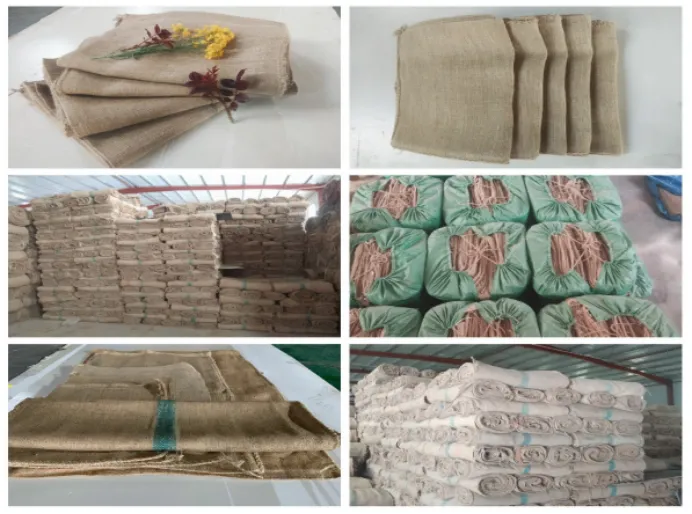
National boṣewa burlap apo: 107 * 74cm.
Ibiti o wulo: ti a lo nigbagbogbo lati mu awọn ẹpa ati awọn ewa, fun idena iṣan omi ati iṣakoso;
Small burlap bag :50 * 70cm.Applicable range: commonly used as flood prevention burlap bag, flood prevention burlap bag, and glass ball burlap bag;
Apo burlap kekere: 40 * 60cm.Iwọn ohun elo: ti a lo nigbagbogbo fun apoti ohun elo gẹgẹbi awọn skru ati eso;
Apo apamọwọ kekere: 30 * 50cm. Iwọn to wulo: ti a lo nigbagbogbo fun apoti ohun elo ati kikun ile;
Iwọn asefara ni ibamu si awọn ibeere.

